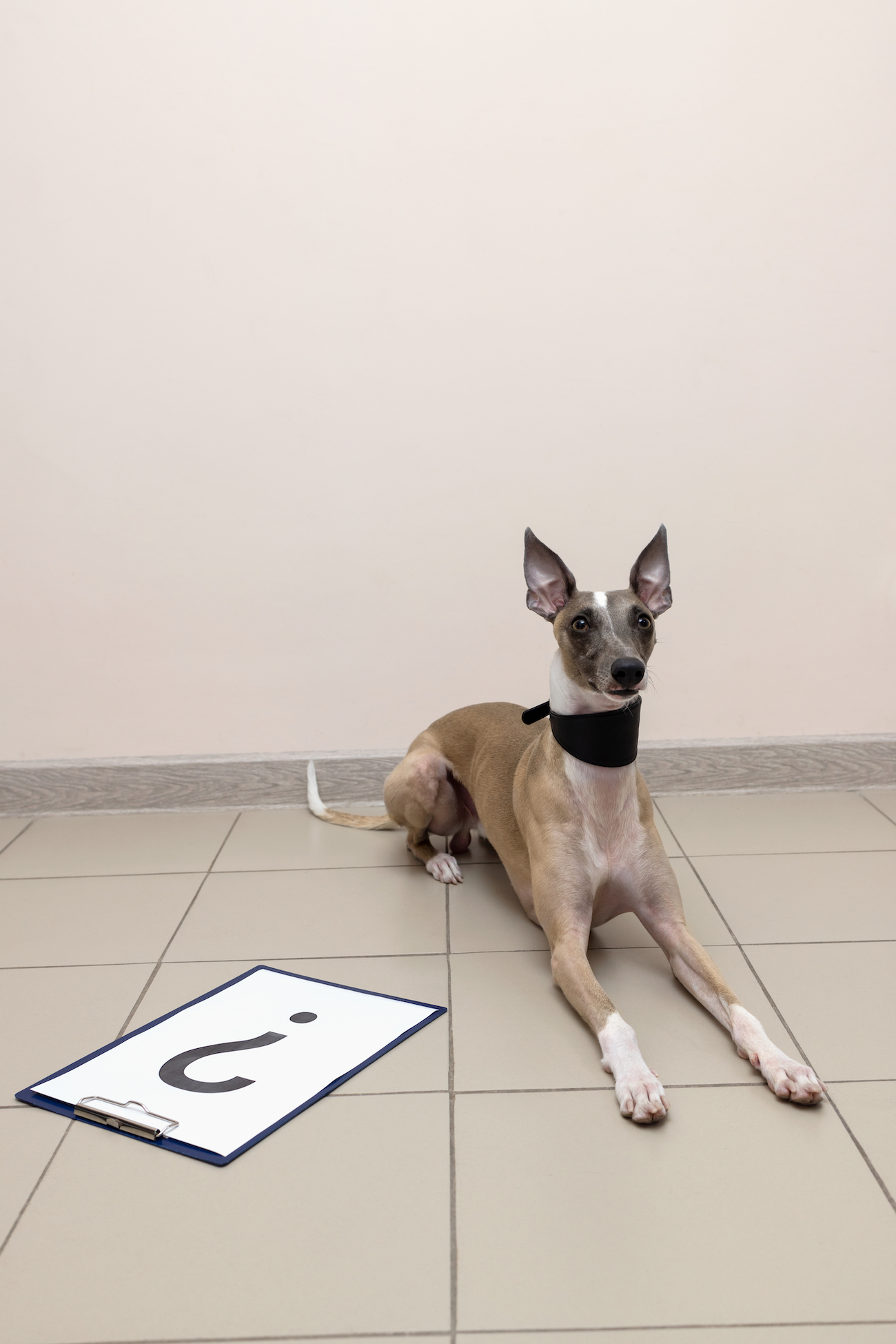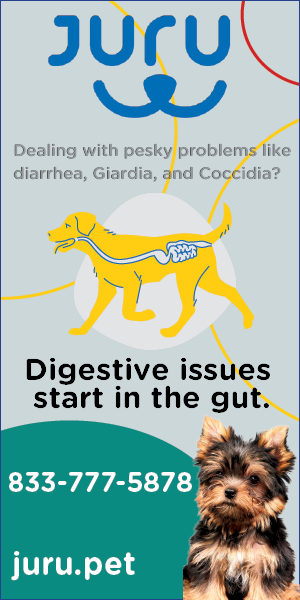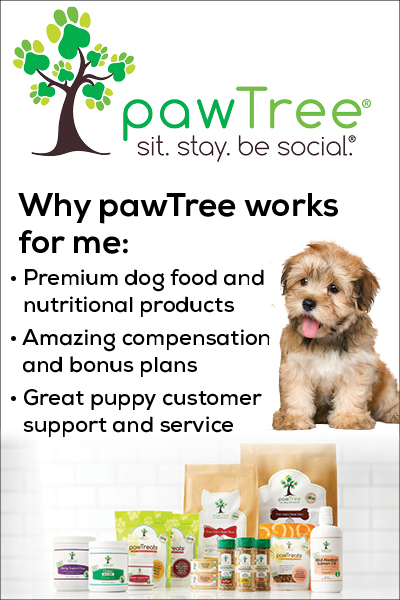Tag along as we visit Doubling Gap Ranch, in the hills of Western PA, on Friday, June 16th, to witness this event sanctioned by Rodear America.
This trip started with myself and two friends traveling from our home in Lancaster, PA to the hills of Franklin County, PA, arriving at the beautiful, spacious ranch amid a downpour of rain. Staff at the ranch told us that the event has been postponed until 11:00, which made us promptly think about finding a nice warm place to grab a bite to eat.
Driving into the town of Newville proved to be a wise idea, as we found this little country style diner called Theo’s Diner, where it seemed like “everybody knew everybody.” I would encourage anyone visiting that area to stop there for some great food, and I’m telling you, the custom omelet and pancakes are over the top!
With a good breakfast and some coffee under our belt we headed back to the ranch, and by this time, the rain had stopped and the cloud cover was breaking. As we got there I wondered “maybe this is the wrong type of event to cover in The Dog Journal,” as it seemed like all we saw were horses. It didn’t take us long, though, to start seeing some dogs, and I think with maybe the exception of one or two, they were all Border Collies.
Speaking of the dogs, according to David Henry, a cowboy from Virginia who travels all Event over the country training and working dogs, these dogs start their training around eight months of age, and continue throughout their life. Training takes a lot of dedication, but keep in mind that on a working ranch, a well-trained dog can actually replace up to three good cowboys on horses. And after watching this competition, I can definitely see why. These dogs are nimble, obedient, and know what they’re doing. The general idea in this competition is for the dogs and the horses to be used, not just one or the other. The two must work together, and the cowboy or cowgirl must watch the cattle, and control the horse and dog all at the same time.
This year is the first year that a Rodearing event was held at this facility. Doubling Gap ranch hosted a prior workshop event done by David Henry, and has embraced the concept of Rodearing for a few years already.








